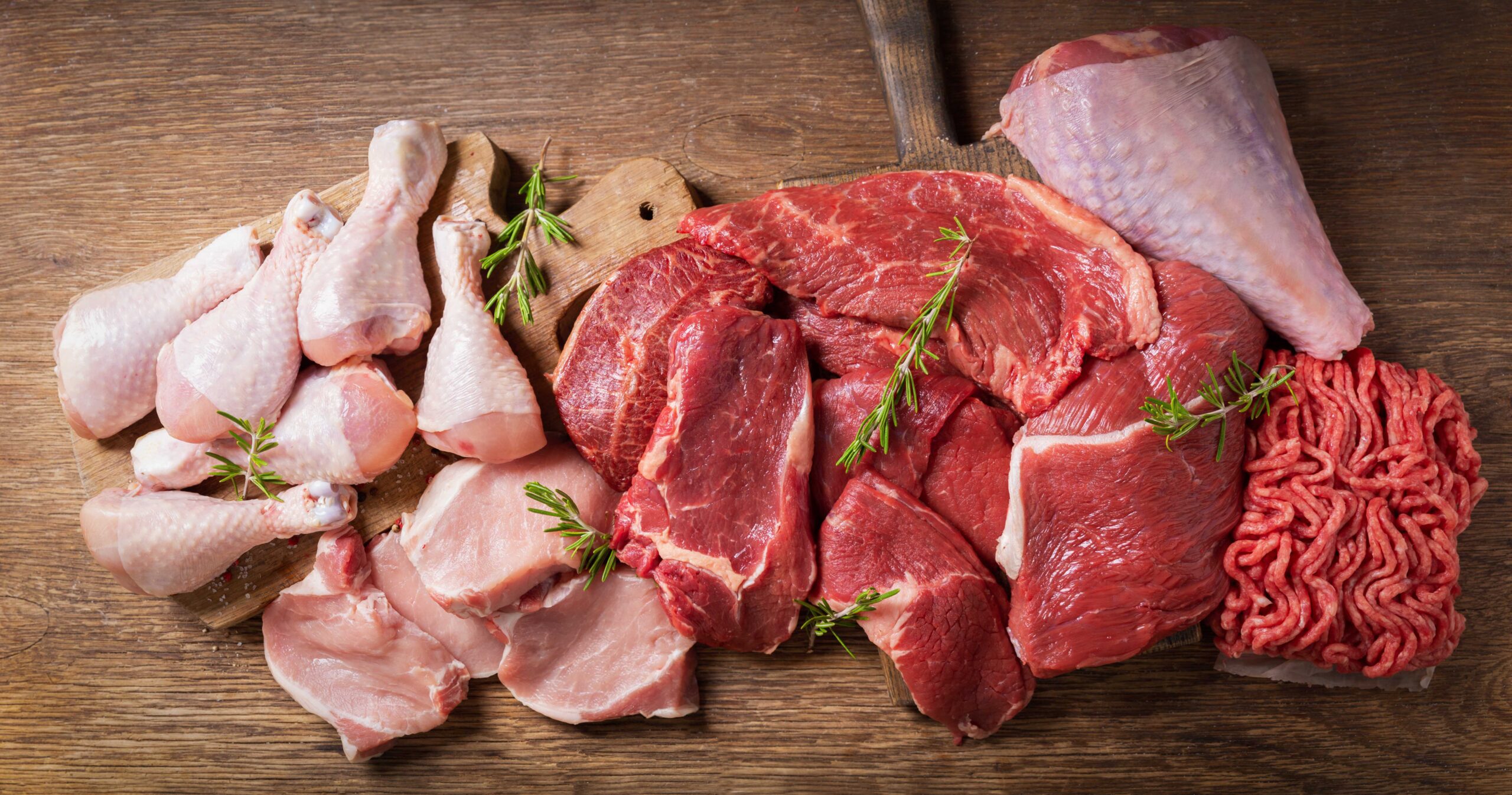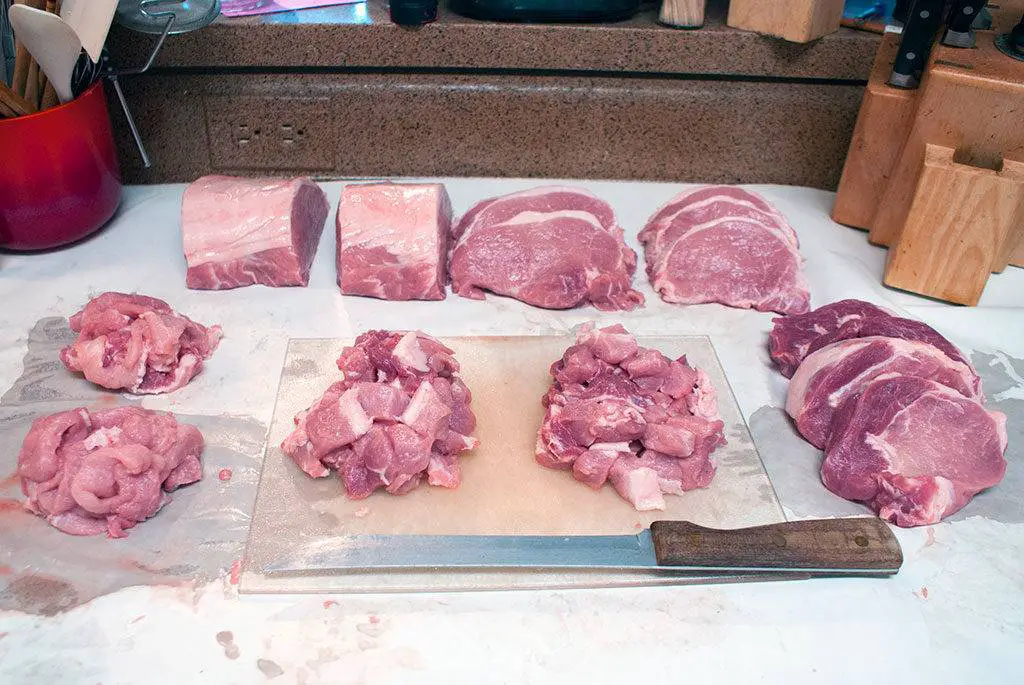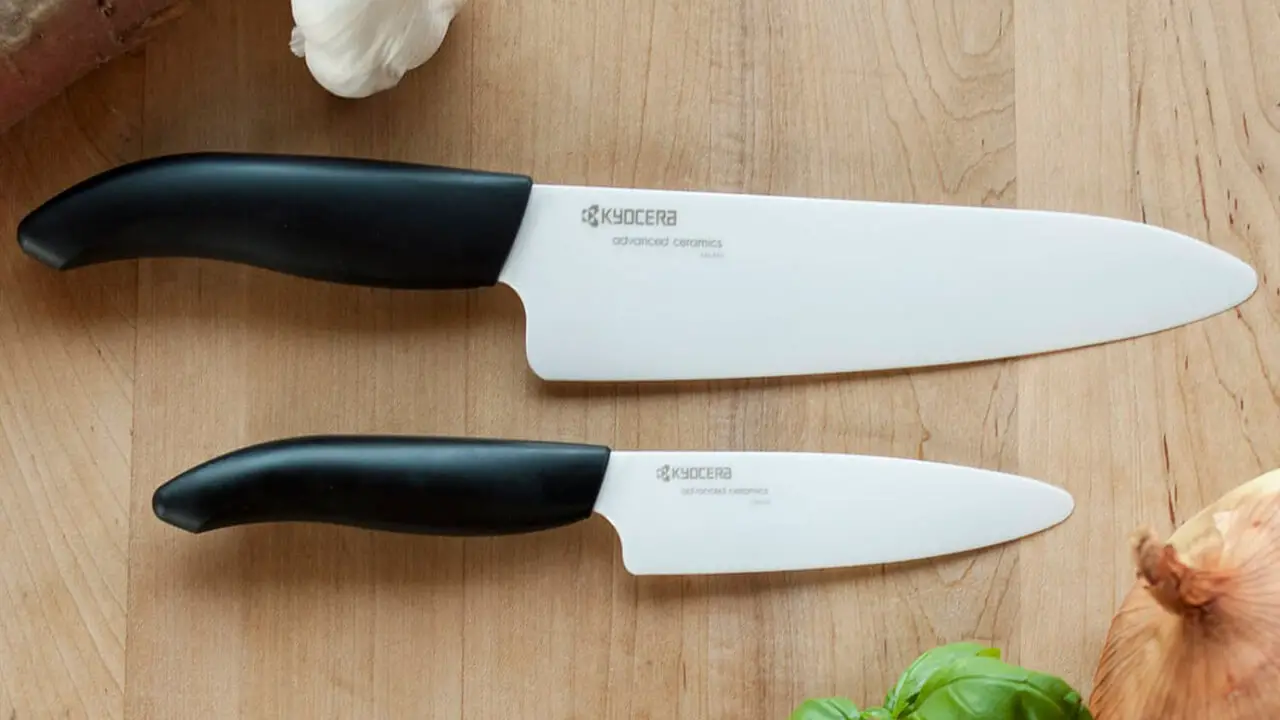
“Discover the ideal meat portion for your next gathering! Find out the perfect pounds of meat per person to ensure a satisfying and enjoyable dining experience. Our expert tips will help you plan your meals effortlessly, leaving everyone truly satisfied and craving for more. Say goodbye to guesswork and welcome precise calculations for a memorable feast!”
How Many Pounds of Meat to Serve Per Person
When planning a meal, it’s important to know how much meat to serve per person to ensure that everyone is well-fed and satisfied. A general rule of thumb is to serve 1/2 pound of meat per person, but this can vary depending on several factors. It’s important to consider your guests’ appetites and dietary preferences when estimating the amount of meat needed.

For dishes like burgers, it’s easy to determine how much meat to serve. The average hamburger is made with 4-6 ounces of raw ground beef. Most guests will eat one burger, while only a small percentage will eat two. To be safe, it’s recommended to serve 1.5 burgers per person.
If you’re serving a large cut of beef, such as prime rib or porterhouse steak, you may want to plan for slightly more per person as these cuts tend to be the star of the show. On the other hand, if you’re serving beef as part of a larger meal with other protein options like chicken or fish, you may be able to serve slightly less beef per person.
Average Portion Sizes by Meat Type

When planning a meal, it’s important to consider the average portion sizes for different types of meat. For beef, a general rule of thumb is to plan for about 8 ounces (or half a pound) per person. However, this can vary depending on factors such as the cut of beef and the appetites of your guests. If serving burgers, each burger typically consists of 4-6 ounces of raw ground beef. Most guests will eat one burger, while only a quarter or less will eat two, so it’s safe to serve 1.5 burgers per person.
For chicken, the American Heart Association suggests that 3 ounces is enough for a single serving, but some references recommend up to 6 ounces. The amount you serve may depend on whether you’re serving bone-in chicken pieces or boneless chicken breasts, as well as whether you’re offering other protein options alongside the chicken.
When it comes to fish, plan for about 6-8 ounces (or 1/3 to 1/2 pound) per person. The type of fish being served and whether other protein options are available can influence portion sizes. Meatier fish like salmon or tuna may require slightly less per person compared to lighter fish like tilapia or cod.
Pork
When serving pork, it’s important to consider that pulled pork generally shrinks and loses its raw weight when cooked and shredded. As a general guideline, you can prepare around 1/3 pound of pork per person. This means if you have 10 pounds of pork, you should be able to serve 16 to 17 guests. It’s always better to have a little extra on hand to avoid leaving your guests hungry.
If you’re serving a large cut of pork, such as a roast or ribs, you may want to plan for slightly more per person since these cuts tend to have more bone and less meat. However, if you’re serving smaller cuts like chops or tenderloin, you can stick to the general guideline of 1/3 pound per person.
Beef
When serving beef, it is recommended to plan for about 8 ounces (or half a pound) per person. However, this amount can be adjusted depending on factors such as the cut of beef, the appetites of your guests, and whether or not you are serving other protein options. For example, if you are serving a large and hearty cut of beef like prime rib or porterhouse steak, you may want to plan for slightly more per person as these cuts tend to be the star of the show and guests may eat more of it. On the other hand, if you are serving beef as part of a larger meal that includes other protein options like chicken or fish, you may be able to serve slightly less beef per person.
If you are making burgers, a good rule of thumb is to use 4-6 ounces of raw ground beef per burger. Most guests will eat one burger, while only a quarter or less will eat two. It is always better to have a little extra on hand, so it is recommended to serve about 1.5 burgers per person. For example, if you have 6 guests, you would need 5-6 pounds of ground beef to make 9 burgers.
Chicken
When serving chicken, the American Heart Association suggests that 3 ounces of chicken is enough for a single serving. However, some references recommend up to 6 ounces. The portion size you choose generally depends on what else you’re serving and the type of chicken you’re offering. If you’re serving bone-in chicken pieces, such as chicken thighs or drumsticks, you may want to plan for slightly more per person, as these cuts tend to have more bone and less meat than boneless chicken breasts. On the other hand, if you’re serving boneless chicken breasts, you may be able to get away with serving slightly less per person, as these cuts tend to be larger and more filling. It’s also important to consider whether or not you’re serving other protein options alongside the chicken. If you’re serving other meats or protein-rich sides, such as beans or tofu, you may be able to serve less chicken per person.
Seafood
When it comes to serving seafood, the general rule of thumb is to plan for about 6-8 ounces (or 1/3 to 1/2 pound) of fish per person. However, as with beef and chicken, there are a few factors that can impact how much fish you should plan to serve. The type of fish you’re serving can play a role in how much to serve per person. For example, if you’re serving a meaty fish like salmon or tuna, you may want to plan for slightly less per person than if you were serving a lighter fish like tilapia or cod.
It’s also important to consider whether or not you’re serving other protein options alongside the fish. If you’re serving other meats or protein-rich sides, such as beans or tofu, you may be able to serve less fish per person. A good rule of thumb for most seafood types is to keep it at around 1/2 pound per person if the seafood is the dish’s main component. For people with increased appetites, 3/4 pound is also a good portion estimate. If seafood isn’t the central part of the meal you want to prepare, you can serve a smaller portion size. Usually, 1/4 to 1/2 pound is a reasonable approximation.

Portion Sizes Based on the Dish and Guests
When planning how much meat to serve per person, it’s important to consider the dish you’re serving and the appetites of your guests. For dishes like burgers, a general rule of thumb is to serve one burger per person, but it’s always better to have a little extra on hand. For pulled pork, you can estimate around 1/3 pound of pork per person, taking into account that it will lose almost half of its raw weight when cooked.
When serving beef as the main component of a meal, plan for about 8 ounces (or half a pound) per person. Adjust this amount based on factors such as the cut of beef and whether or not you’re serving other protein options. For chicken, 3 ounces is suggested by the American Heart Association as a single serving, but some references recommend up to 6 ounces. Consider whether you’re serving bone-in or boneless chicken and if there are other protein options alongside it.
For fish, plan for about 6-8 ounces (or 1/3 to 1/2 pound) per person. The type of fish and presence of other protein options will impact how much fish you should serve. As a general rule of thumb, keep portion sizes at around 1/2 pound per person if meat is the main component of the dish.
Remember that these guidelines are just estimates and it’s important to consider your guests’ appetites and dietary preferences when planning how much meat to serve.
In conclusion, determining how many pounds of meat per person depends on various factors such as dietary preferences, cultural norms, and portion sizes. While recommendations may differ, it is crucial to consider individual needs and balance meat consumption with other food groups for a well-rounded diet. Ultimately, moderation and mindful choices should guide our approach towards meat consumption.
Learn More About Grilling
If you want to learn more about grilling, check out these other helpful resources!











